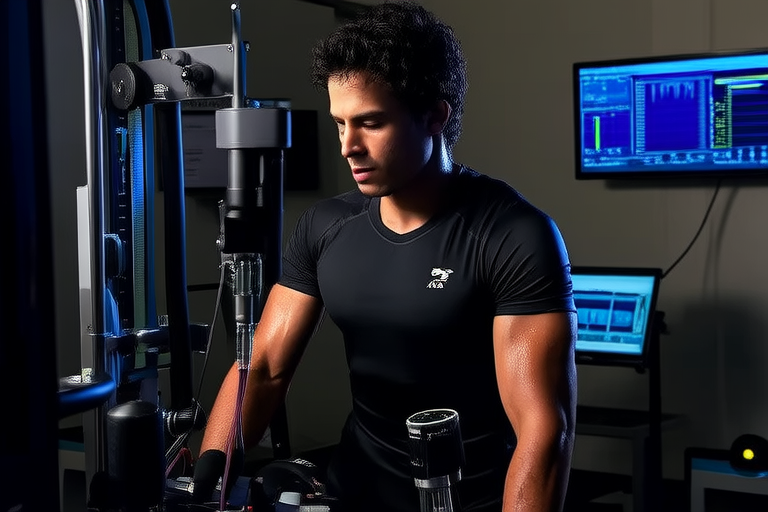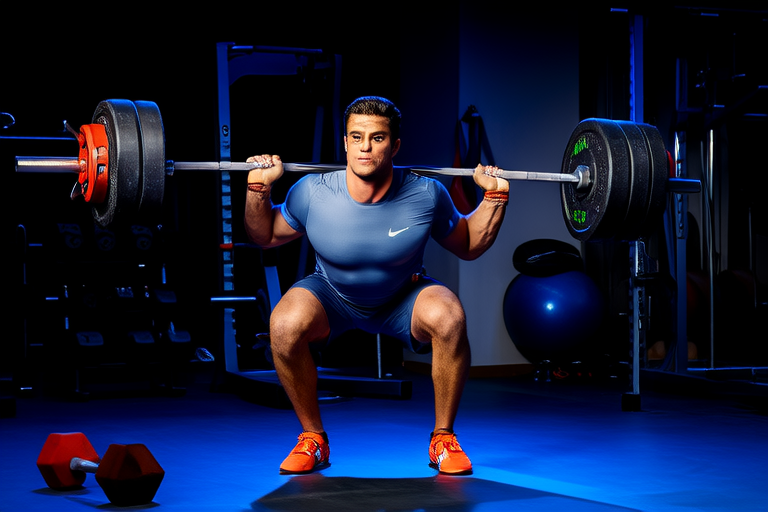Maximizing Performance: The Science of Sports and Essential Precautions for Athletes
Introduction
Athletic performance is a fascinating interplay of physical, mental, and nutritional factors. Whether you’re an amateur athlete or a seasoned professional, understanding the science behind sports can help you unlock your full potential. However, achieving peak performance isn’t just about pushing limits—it also requires a proactive approach to injury prevention and long-term health. This article delves into the core elements that contribute to athletic excellence, including physiology, nutrition, and psychology, while emphasizing essential precautions athletes should take to sustain their well-being over time.
The Science Behind Athletic Performance
Physiology: The Foundation of Physical Excellence
The human body is an intricate machine designed to adapt to various forms of stress, including those encountered during physical activity. At the heart of athletic performance lies physiology—the study of how the body functions under different conditions. Muscles, cardiovascular systems, and respiratory functions all play critical roles in determining an athlete’s capabilities.
Muscle fibers are categorized into two main types: slow-twitch (Type I) and fast-twitch (Type II). Slow-twitch fibers are endurance-oriented, relying on oxygen to generate energy over extended periods. Fast-twitch fibers, on the other hand, are responsible for short bursts of power and speed but fatigue more quickly. Training programs often aim to optimize the balance between these fiber types based on the demands of a specific sport.
Cardiovascular fitness is another cornerstone of athletic success. A strong heart pumps oxygen-rich blood more efficiently, enabling muscles to perform at higher intensities for longer durations. Similarly, the respiratory system ensures that oxygen is delivered to tissues and carbon dioxide is expelled effectively, which is vital for maintaining stamina during competition.
Nutrition: Fueling the Body for Success
Proper nutrition is indispensable for athletes striving to maximize their performance. The body requires a balanced intake of macronutrients—carbohydrates, proteins, and fats—to function optimally. Carbohydrates serve as the primary energy source, especially during high-intensity activities. They are stored as glycogen in the muscles and liver, providing readily available fuel when needed.
Proteins are crucial for muscle repair and growth. After intense workouts, the body needs amino acids to rebuild damaged tissues and enhance recovery. Fats, though often misunderstood, are essential for long-duration, low-intensity exercises and support overall hormonal balance.
In addition to macronutrients, micronutrients like vitamins and minerals play a pivotal role in maintaining health and optimizing performance. For instance, iron is necessary for oxygen transport, while calcium and vitamin D are vital for bone strength. Hydration is equally important, as even mild dehydration can impair physical and cognitive performance.
Psychology: The Mental Edge in Sports
While physical preparation is critical, the psychological aspect of sports cannot be overlooked. Mental resilience, focus, and motivation often determine whether an athlete can push through challenges and achieve their goals. Techniques such as visualization, goal-setting, and mindfulness meditation are commonly used to enhance mental toughness.
Visualization involves mentally rehearsing a performance, which can improve confidence and reduce anxiety. Goal-setting provides athletes with clear objectives, helping them stay motivated and track progress. Mindfulness practices, such as deep breathing and meditation, can alleviate stress and improve concentration during competitions.
Moreover, teamwork and communication skills are essential for athletes participating in team sports. Building trust and fostering camaraderie within a team can significantly impact collective performance and individual satisfaction.
Essential Precautions for Athletes
Injury Prevention: Staying Safe While Pushing Limits
Injuries are an unfortunate reality in sports, but many can be prevented with proper precautions. One of the most effective strategies is incorporating a well-rounded warm-up routine before engaging in physical activity. Dynamic stretches and mobility exercises prepare the muscles and joints for movement, reducing the risk of strains and sprains.
Strength training is another key component of injury prevention. By strengthening supporting muscles and improving joint stability, athletes can better withstand the stresses of their sport. Core exercises, in particular, enhance balance and posture, which are critical for avoiding falls and awkward landings.
Listening to the body is equally important. Overtraining can lead to burnout and injuries, so athletes must recognize the signs of fatigue and allow adequate time for rest and recovery. Cross-training—engaging in different types of physical activity—can also prevent overuse injuries by distributing stress across various muscle groups.
Maintaining Long-Term Health: Beyond the Playing Field
Athletes often prioritize immediate performance gains, but neglecting long-term health can have serious consequences. Proper sleep hygiene is one area that deserves attention. Sleep is when the body repairs itself, and insufficient rest can hinder recovery and compromise immune function.
Regular medical check-ups are essential for monitoring overall health and catching potential issues early. Athletes should also be mindful of their mental health, seeking support if they experience symptoms of anxiety, depression, or burnout. Balancing training with personal life and hobbies can promote a healthier, more sustainable lifestyle.
Finally, athletes should avoid shortcuts that promise quick results, such as performance-enhancing drugs or extreme diets. These practices can have detrimental effects on both physical and mental well-being, undermining long-term success.
Conclusion
Maximizing athletic performance is a multifaceted endeavor that requires a deep understanding of the body’s physiological processes, a commitment to proper nutrition, and the cultivation of mental resilience. By integrating these elements into their routines, athletes can achieve new heights in their respective sports. However, it is equally important to prioritize safety and long-term health through injury prevention strategies and holistic self-care practices.
Ultimately, the journey to athletic excellence is not just about winning—it’s about fostering a lifelong passion for movement and well-being. By embracing both the science of sports and the precautions necessary to sustain it, athletes can enjoy fulfilling careers while safeguarding their futures. Remember, true success lies not only in breaking records but also in nurturing a healthy, balanced life both on and off the field.










